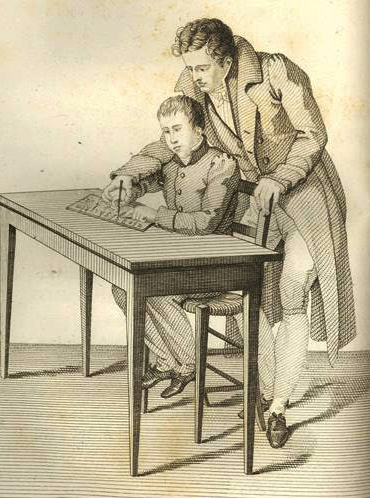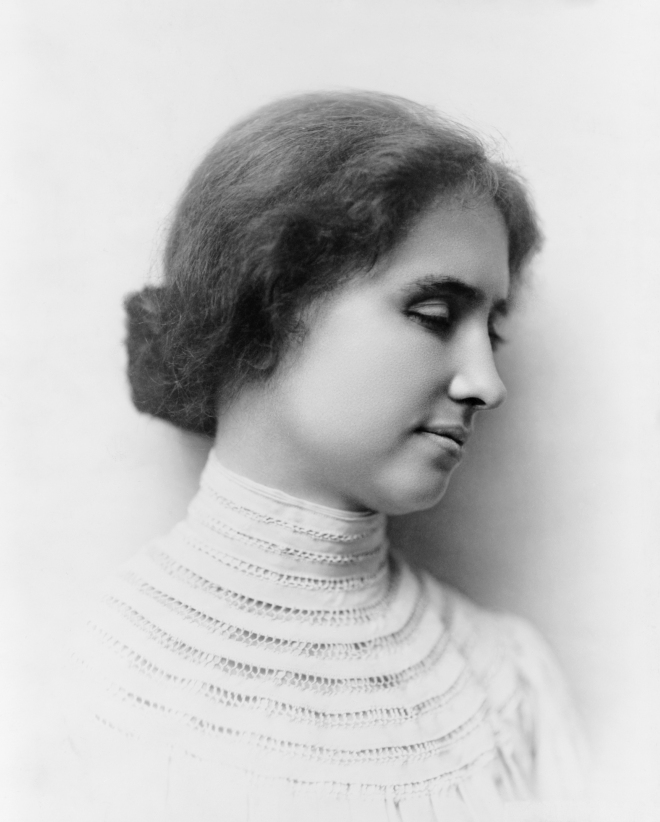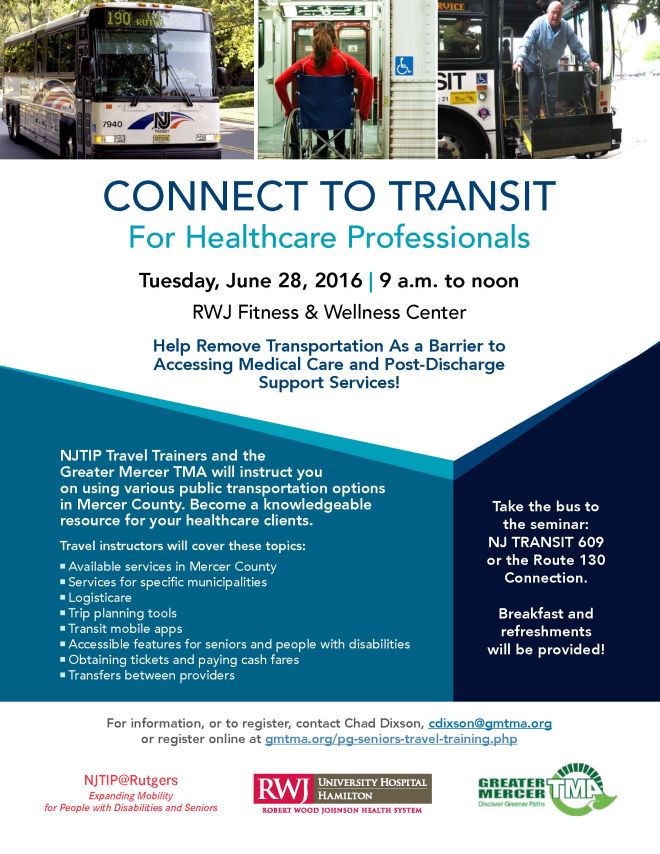Monday, January 4, was the birthday of a remarkable Frenchman named Louis Braille. His name is familiar worldwide for the ingenious system of raised dots he invented, bringing the gift of reading and writing to millions of blind and visually impaired people. Though he devised his system to quench his thirst for knowledge and music, he was equally motivated to share his alphabet to help others like him. Louis Braille, therefore, is a man we admire deeply for his advocacy and self-advocacy. His ingenuity is an example of assistive technology par excellence.

Louis Braille (1809-1852)
It all began 201 years ago, when a 5-year-old boy in Coupvray, France, was playing with his father’s leather-making tools. The awl, a leather punch tool slipped from his hand and impaled his eyes. His determination to recover from life-threatening infections was matched by that to make the most of his life. Louis Braille studied hard and showed the intelligence and diligence; with the support of his parents, he admitted to the Royal Institute for Blind Youth in Paris, one of the first such institutions.
At the Royal Institute, Louis would develop the system that, to this day, bears his name. There, a philanthropist created books with raised letters for the students to read. There was a problem with this early effort, however. That is, these books were very heavy to hold and extremely expensive to produce. In addition, a fine and dedicated student like Louis Braille found it most difficult to recall words by the time he reached the end of the sentence. That notwithstanding, Louis finished all 14 books in the library and hungered for more.

This engraving from “Essay on the Instruction of the Blind” (Essai sur l’Instruction des Aveugles], by Sebastien Guillie, shows a teacher assisting a blind student, helping him holds a stylus.
Louis Braille was also thinking of his fellow students when he said, “Access to communication … is access to knowledge, and that is vitally important for us if we [the blind] are not to go on being despised or patronized by condescending sighted people.” He continued, “We do not need pity, nor do we need to be reminded we are vulnerable. We must be treated as equals – and communication is the way this can be brought about.”
As luck would have it, Braille met a man by the name of Charles Barbier de la Serre, who had just created a system of writing for the French army he called “night writing,” enabling soldiers to communicate in the dark. (It is ironic that Braille was exempted from serving in the military because of his blindness.) Though Barbier’s system of raised dots was a major improvement of what existed, the military code proved too complex. Nevertheless, Braille was inspired to create his own system. Back at home, it occurred to Braille that the very tool that blinded him could be used to create the raised dots for his alphabet! This was the gift he shared with the students at the Royal Institute.
Here’s the genius of Braille’s system: Braille’s alphabet consists of a series cells containing, in a 2 x 3 grid, a raised dot or a blank space. Though there are only six dots or spaces, they can be combined in 64 different ways, allowing for other characters, including letter from other alphabets. After all, Braille was a gifted mathematician! (It is also worth noting that Louis Braille was an eager and a talented musician; he was able to adapt his system of writing to musical notation and write the original manual to help others.) So, Braille’s system of raised dots remains the foundation for many of today’s advanced-technology communication devices for the blind and visually impaired. What’s more, Braille designed an ingenious machine that would allow blind and sighted persons alike to create manuscripts – both reading and writing! Drawing on this development, a friend of Braille by the name of Foucault, invented a machine to emboss letters on paper, much in the manner of a typewriter. Today, a great deal of assistive technology is being developed to further the access of the written word for blind people. Yet, all these high-tech devices owe their very foundation to the ingenious 2-by-3 grid of raised dots that started with Louis Braille.

Helen Keller
“Braille has been a most precious aid to me in many ways. It made my going to college possible–it was the only method by which I could take notes of lectures. All my examination papers were copied for me in this system. I use Braille as a spider uses its web – to catch thoughts that flit across my mind for speeches, messages and manuscripts.”

T.S. Eliot
“Perhaps the most enduring honor to the memory of Louis Braille is the half-conscious honor we pay him by applying his name to the script he invented – and, in this country [England], adapting the pronunciation of his name to our own language. We honor Braille when we speak of braille. His memory has in this way a security greater than that of the memories of many men more famous in their day.”
















